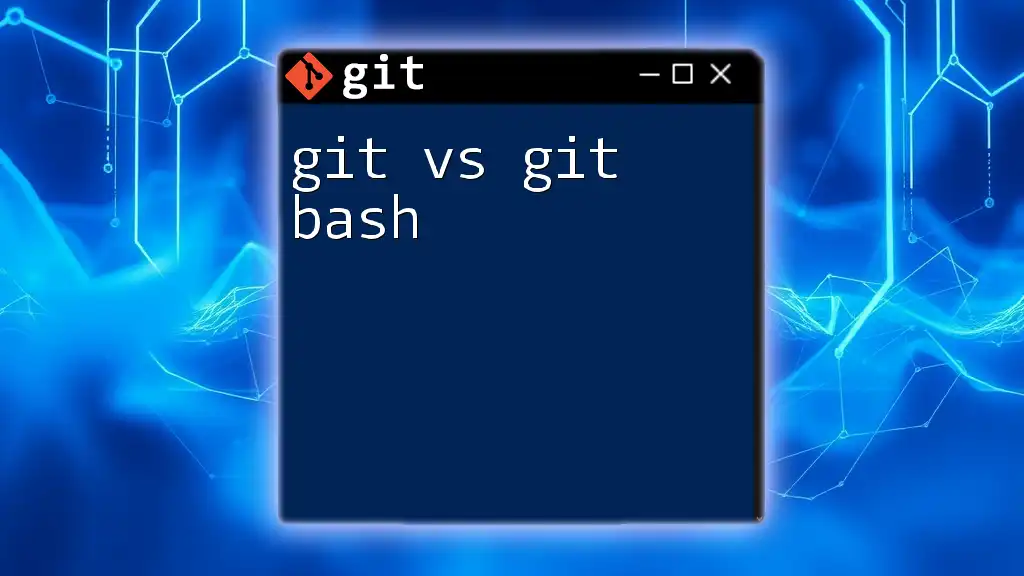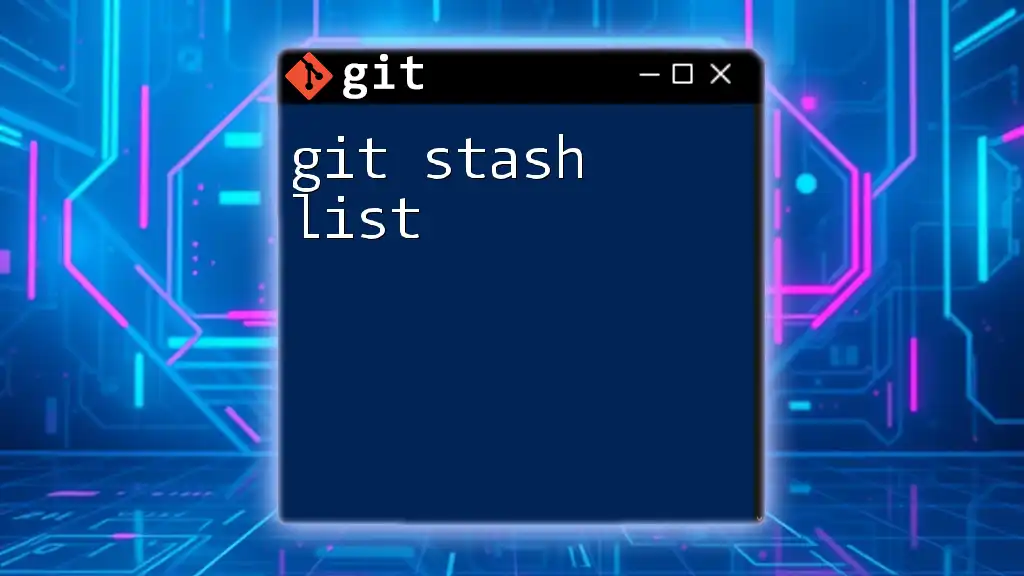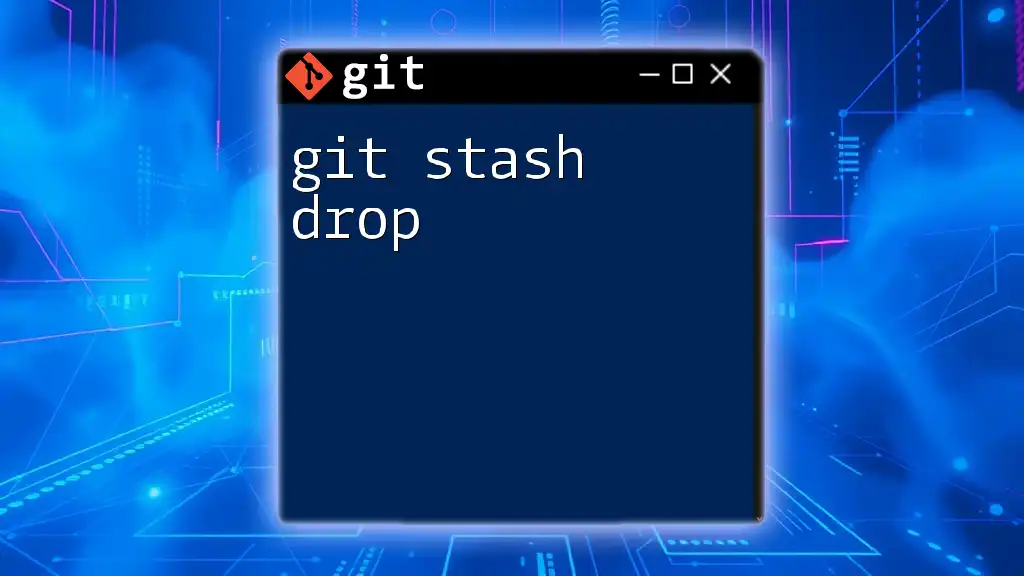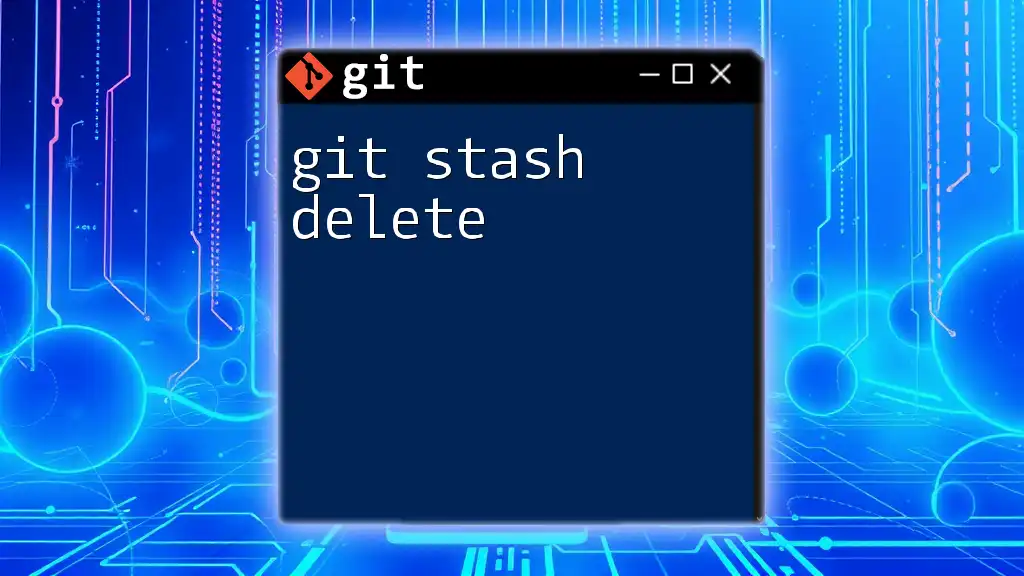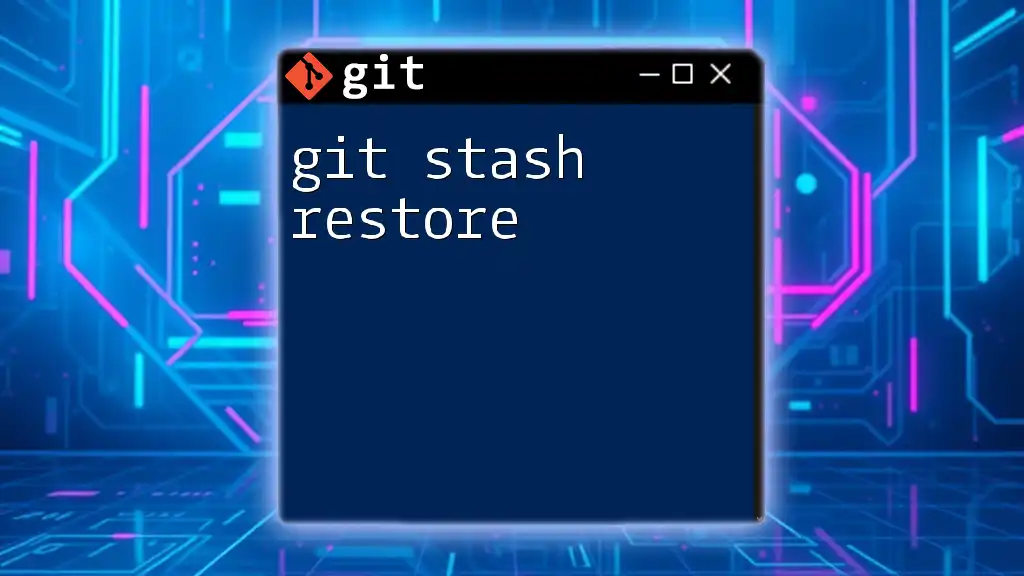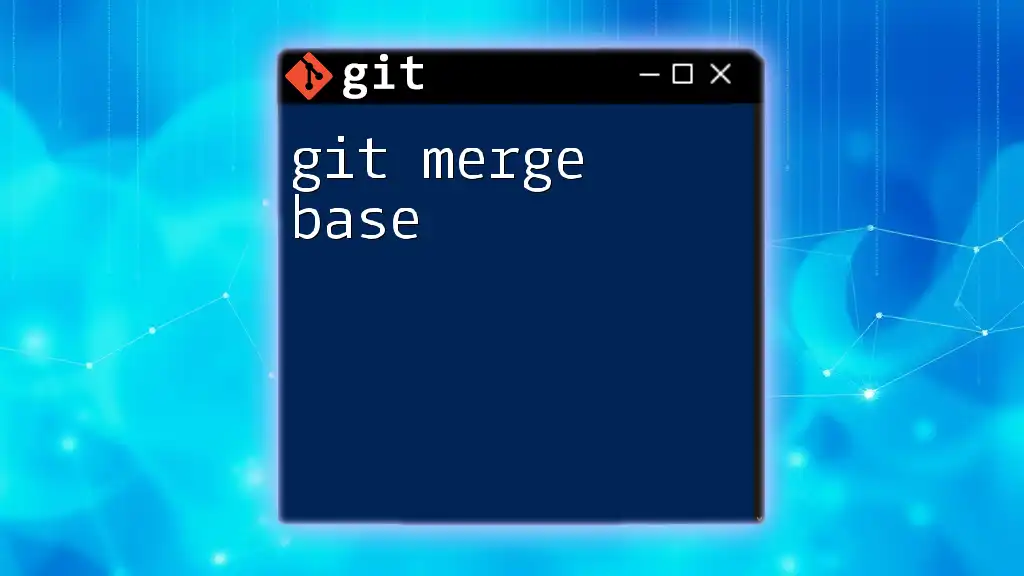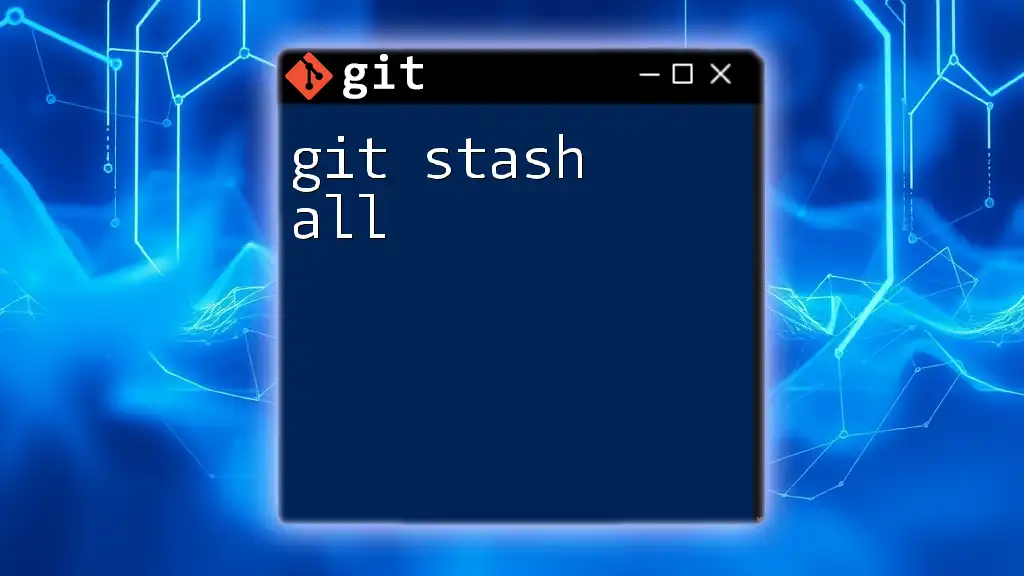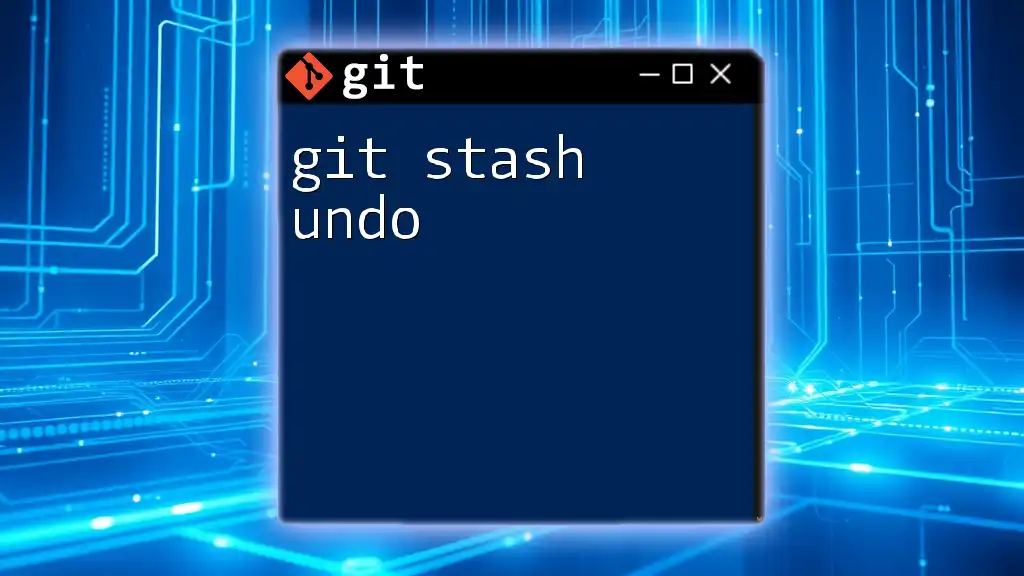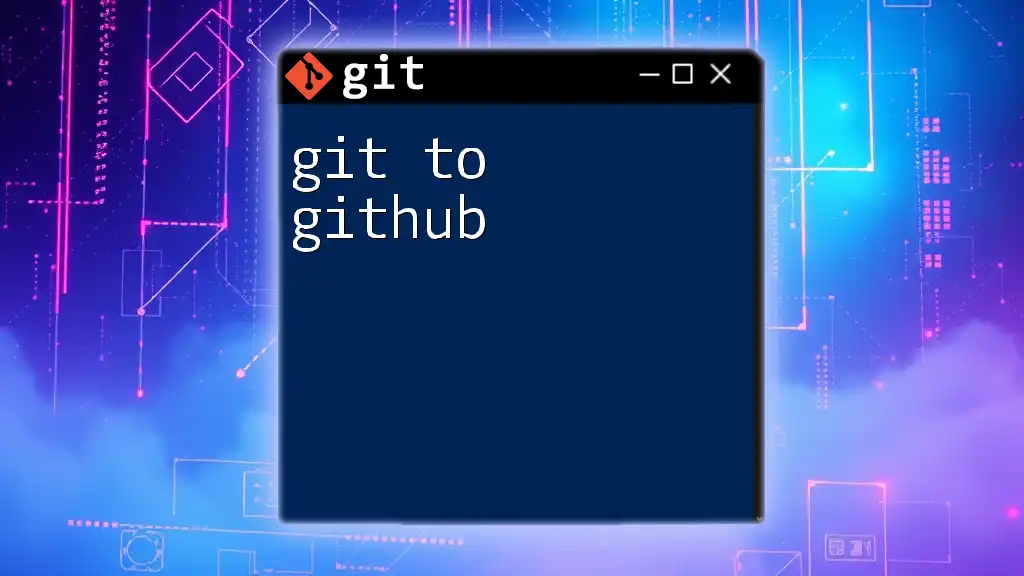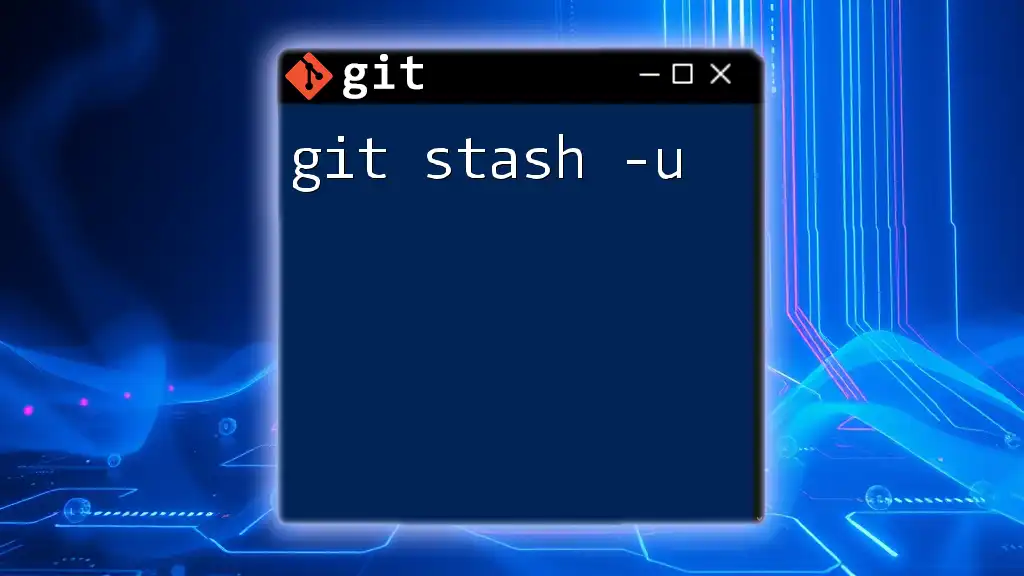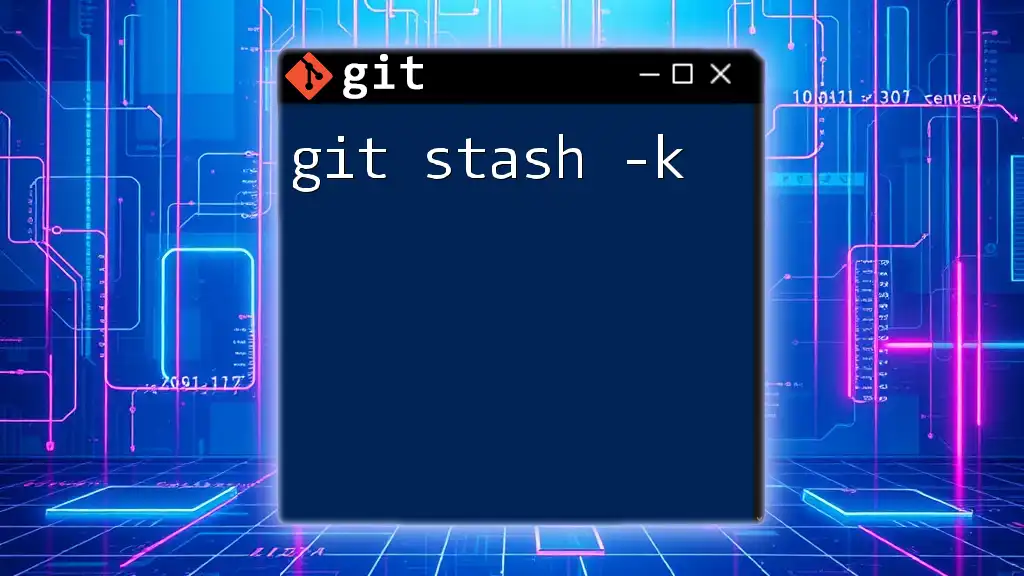Git is a version control system used for tracking changes in code, while Git Bash is a command line interface for executing Git commands on Windows, effectively providing a Unix-like shell environment.
Here’s a simple Git command to clone a repository:
git clone https://github.com/username/repository.git
What is Git?
Definition of Git
Git is a powerful, open-source distributed version control system designed to manage projects of varying sizes with speed and efficiency. It allows multiple developers to work on a project simultaneously without interfering with each other's work. The underlying architecture of Git focuses on maintaining the history and integrity of changes made to files.
Key Features of Git
One of the cornerstones of Git is its distributed version control model. Unlike centralized systems where a single point of failure exists, Git allows every user to maintain a complete copy of the repository, including its entire history, on their local machine. This distributed approach enhances collaboration and backup reliability.
Another major feature is branching and merging. Git encourages creating separate branches for features or bug fixes, allowing developers to work in isolation without affecting the main codebase. Once the work in a branch is complete, it can be seamlessly merged back into the main project.
The staging area is another unique feature of Git. It allows you to selectively manage changes, so only the specific updates you want to commit are included. This flexibility can be crucial for refining changes before they become part of the project's official history.
How Git Works
To grasp how Git operates, it's essential to understand its data structure. Git organizes data as a series of snapshots, which are called commits. Each commit saves a snapshot of all files at a given moment along with metadata, such as the author and timestamp. This enables efficient tracking of all changes over time.
The basic workflow of Git starts with initializing a repository using the command:
git init
You can add changes to the staging area with:
git add [file]
And commit the staged changes with:
git commit -m "Your commit message"
This workflow forms the basis of many Git projects.

What is Git Bash?
Definition of Git Bash
Git Bash is a command line interface that provides a Unix-style environment for using Git on Windows. It combines a lightweight terminal emulator with Git command-line tools, giving users a powerful interface for version control.
Key Features of Git Bash
One of the core benefits of Git Bash is its command line interface (CLI). Compared to graphical user interfaces (GUIs), the CLI often allows for more flexibility and control. It’s particularly beneficial for experienced users who can perform operations faster by typing commands instead of navigating through menus.
Git Bash also incorporates various Unix commands, allowing users to leverage familiar command-line operations that enhance productivity. With Unix-style commands like `ls`, `cp`, and `rm`, users can navigate and manipulate files efficiently.
Moreover, Git Bash offers excellent compatibility with Windows. It creates a user-friendly environment where Windows users can access the power of Unix-style command line without needing a complex setup.
How Git Bash Enhances Git Usage
Using Git Bash, developers can execute Git commands with ease. For example, deploying a specific branch or viewing commit history becomes straightforward with commands like:
git checkout [branch]
git log
Additionally, Git Bash smoothly integrates with other command-line tools and text editors, facilitating a more comprehensive development experience.
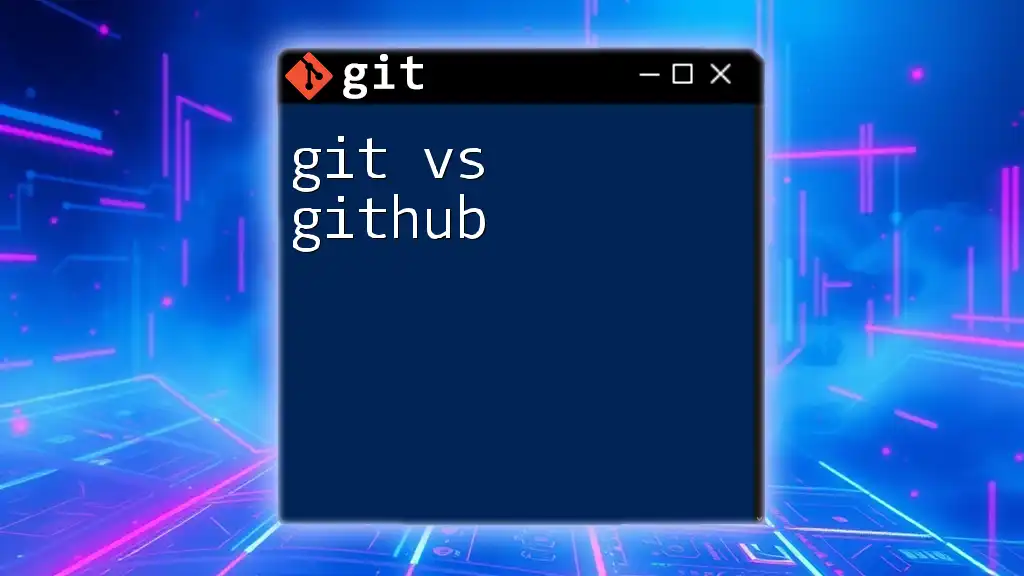
Git vs Git Bash
Understanding the Distinction
It's crucial to differentiate between Git as a version control system and Git Bash as an interface. Git is the backbone, managing version histories, branching, and more, while Git Bash serves as a platform for executing Git commands and manipulating files efficiently.
Understanding when to use both tools is vital for productive version control. For instance, Git can be used through graphical interfaces like GitHub Desktop, but without Git Bash, you might miss out on the full range of capabilities that command-line operations offer.
When to Use Git Alone
In specific scenarios, using Git without Git Bash can be sufficient. For example, if you're using a GUI client for Git, you can manage repositories through buttons and visual elements. This approach might be suitable for beginners who are not comfortable with command-line usage yet.
When to Use Git Bash
Git Bash becomes essential when engaging in tasks that require more extensive command-line capabilities. For instance, when you want to automate tasks using scripts, interact with multiple branches, or perform bulk actions on files, Git Bash offers the needed efficiency.
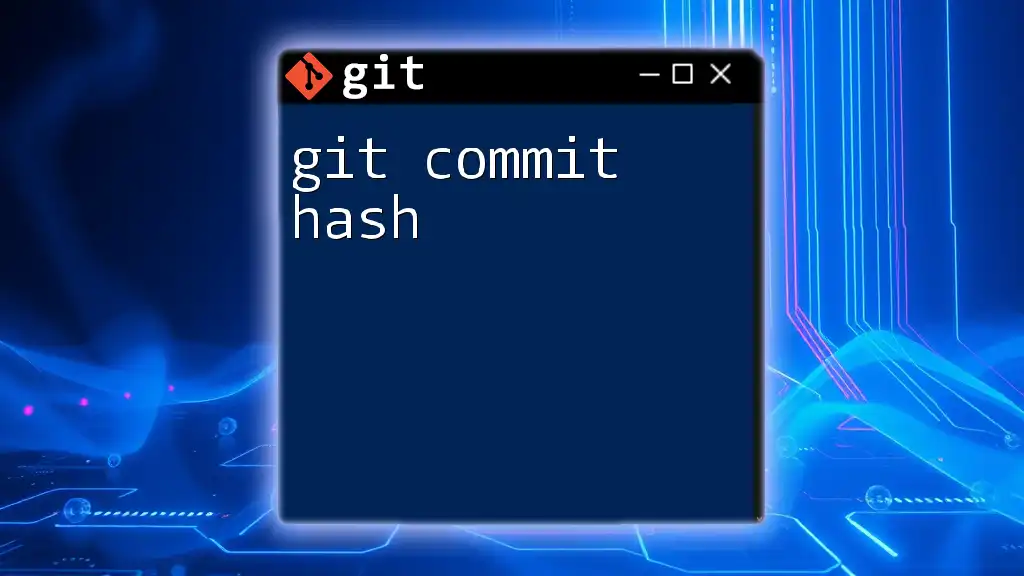
Common Use Cases
Git Commands in Git Bash
Here are some essential Git commands that you can execute directly in Git Bash, enabling efficient version control implementation:
git clone [repository URL]
git status
git add [file]
git commit -m "descriptive message"
git push origin [branch]
These commands form the backbone of many Git workflows, ensuring developers can manipulate repositories effectively.
Advantages of Using Git Bash for Git Operations
Using Git Bash for Git operations provides several advantages, such as faster command execution. When commands can be typed rapidly, the overall workflow feels more responsive. Furthermore, Git Bash allows for customizability. Users can define aliases for frequently used commands, significantly minimizing typing efforts.
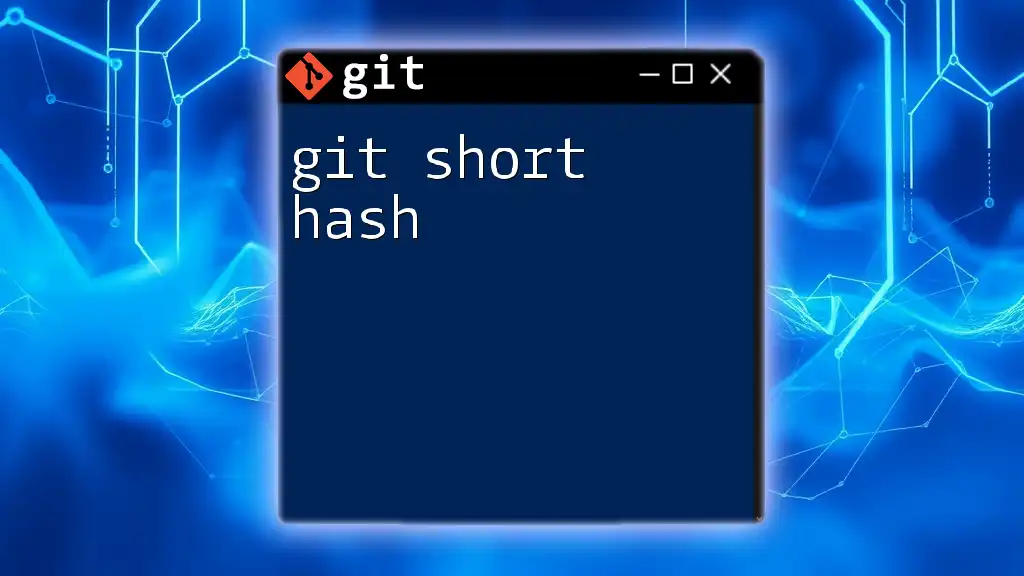
Getting Started with Git and Git Bash
Setting Up Git
To embark on your Git journey, the first step is setting up Git on your system. Here’s a simple guide to get started:
- Download Git: Visit the official Git website and download the installer for your operating system.
- Install Git: Follow the installation instructions. During the setup process, pay attention to any recommended settings.
- Configure Git: Initialize your Git environment with the necessary configurations using commands like:
git config --global user.name "Your Name" git config --global user.email "your.email@example.com"
Setting Up Git Bash
Similar to setting up Git, setting up Git Bash requires downloading and installing the appropriate software. Once installed, you can start using Git Bash to run commands seamlessly. Typical commands to familiarize yourself with include:
git --version
This command verifies your Git installation.
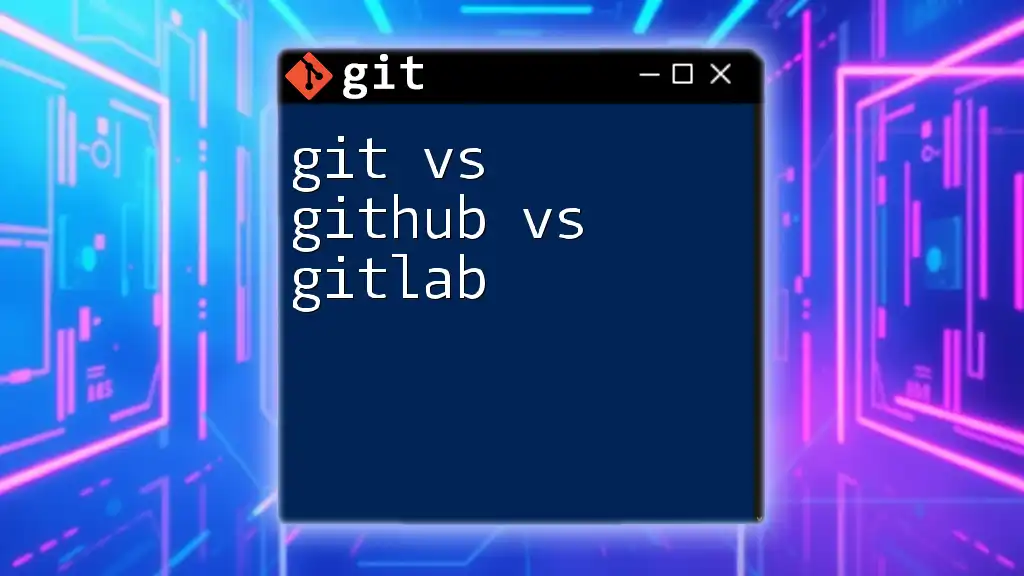
Troubleshooting Common Issues
Common Git Issues and Solutions
As with any sophisticated tool, Git isn’t without its challenges. Often encountered issues include:
- Merge Conflicts: Arise when changes from different branches conflict. Use the `git merge` command and resolve conflicts manually.
- Detached HEAD State: Indicates you're not on a branch. You can return to a branch with `git checkout [branch-name]`.
- Performance Issues: If your repository is large, manage repositories with `git gc` to clean up unnecessary files.
Common Git Bash Issues and Solutions
Similarly, Git Bash may present specific issues, such as:
- Command Not Found Errors: This usually indicates an incorrect installation of Git Bash or a missing PATH entry. Check your PATH variable and reinstall if needed.
- Path Issues: Ensure your files and folders do not contain spaces, as this can confuse commands.
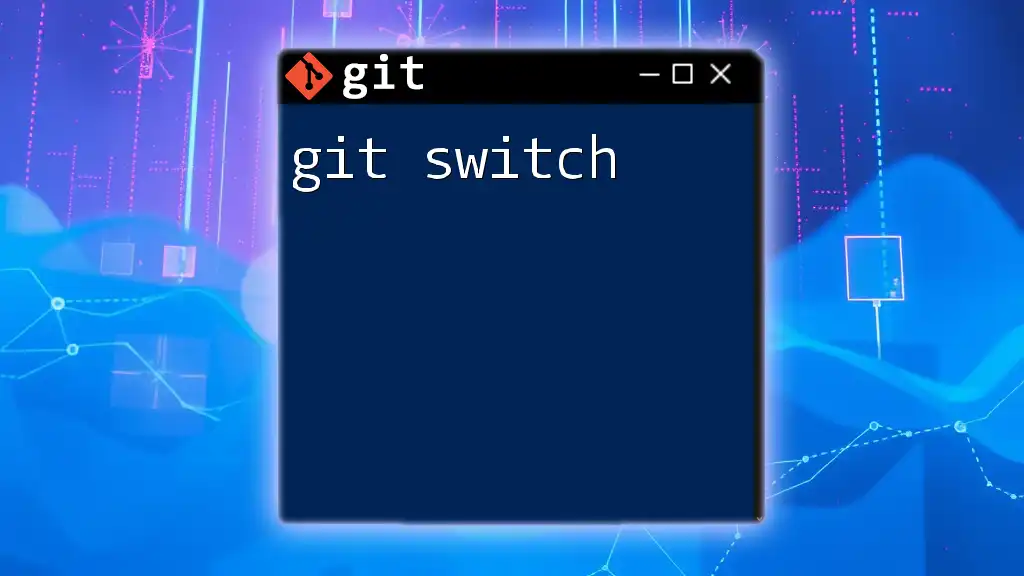
Conclusion
In summary, understanding the nuances of Git vs Git Bash is crucial for anyone wanting to navigate the world of version control effectively. Git operates as a robust system for tracking changes, while Git Bash creates an accessible interface for executing commands efficiently. Practicing both will enable developers to leverage their full potential, enhancing productivity and simplifying tasks.
As you continue your journey with Git and Git Bash, don't hesitate to explore further tutorials and resources to deepen your understanding and skills in version control.
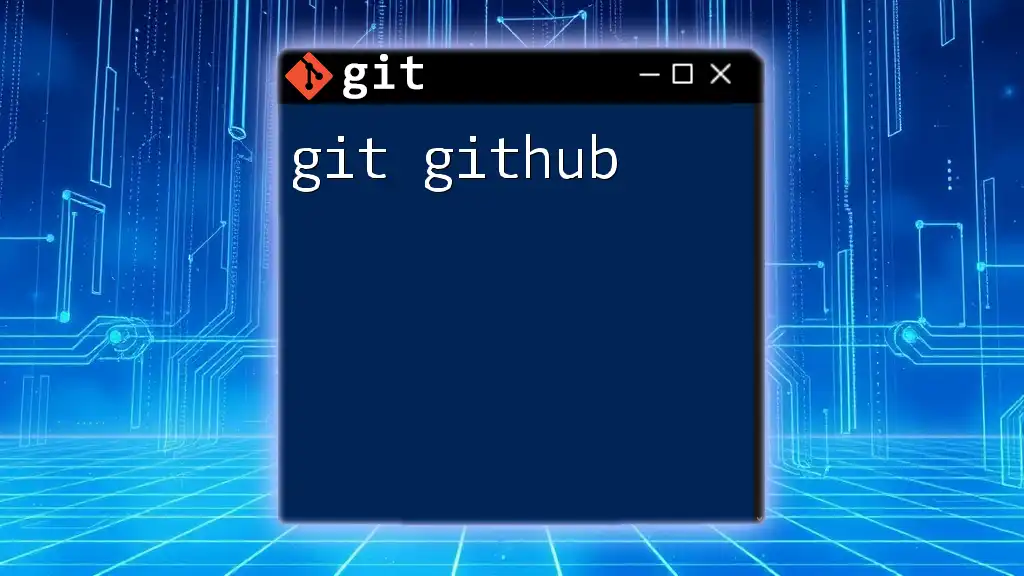
Additional Resources
- Official Git Documentation: Comprehensive resource for all things Git.
- Git Bash Guide: Detailed guide on utilizing Git Bash effectively.
- Recommended Books and Online Courses: Resources that offer structured learning paths.
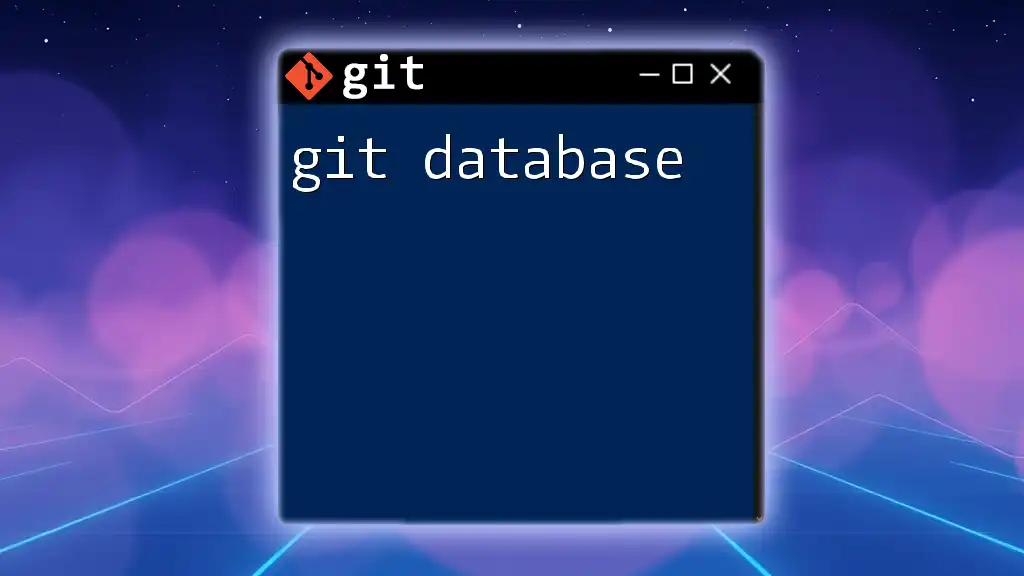
FAQs about Git and Git Bash
What is the best method to learn Git and Git Bash?
Utilizing interactive learning platforms, reading documentation, and engaging in hands-on practice will yield the best results.
Can I use Git Bash without Git installed?
No, Git Bash is dependent on Git being installed on your system to function correctly.
Is Git Bash available for Mac or Linux?
Git Bash itself is specifically tailored for Windows. However, Mac and Linux users can use Terminal with Git installed natively.

